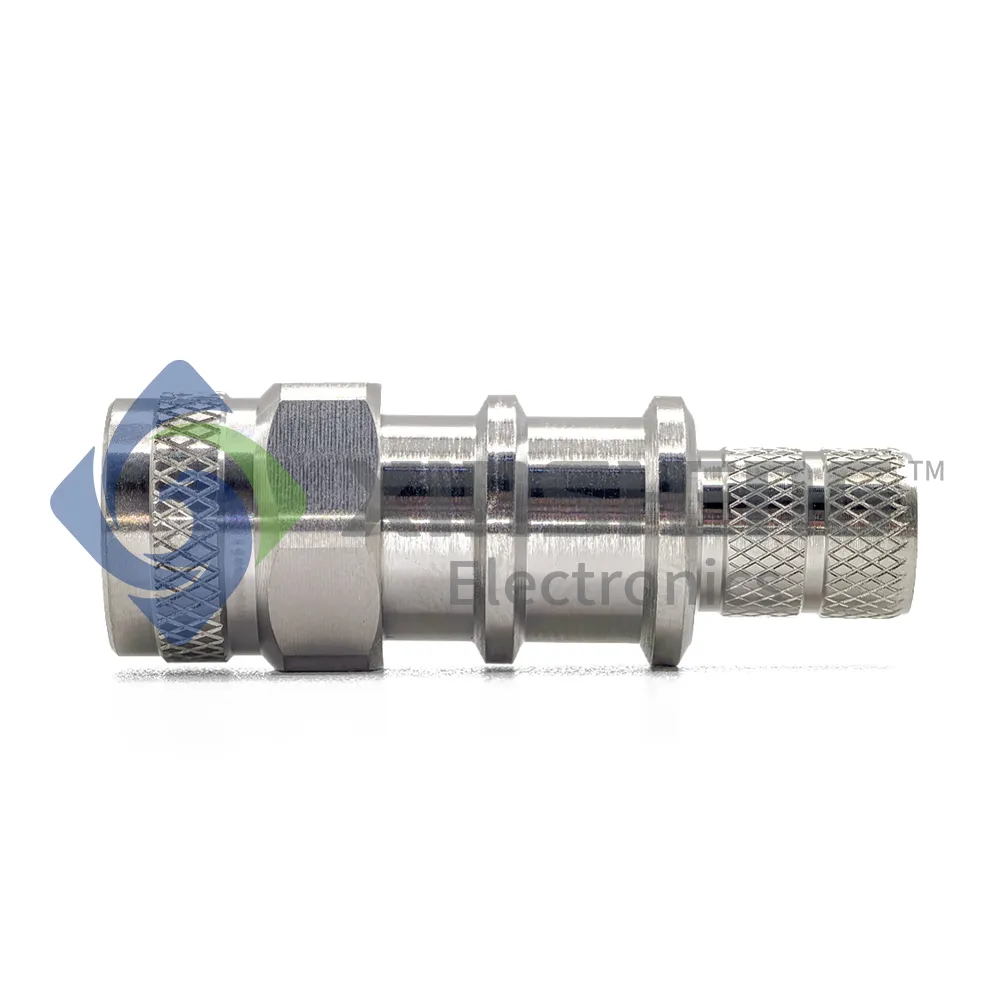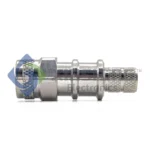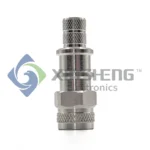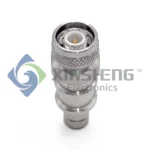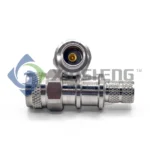TNC connectors offer multiple advantages: they can handle high-frequency signal transmission, ensuring stable signals with low loss and reflection; their threaded connection makes them more secure than bayonet-connected BNC connectors, especially suitable for high-vibration and high-shock environments. They also have some compatibility with BNC and N-type connectors, providing flexibility in use. However, their relatively complex structure requires high-quality materials, leading to higher costs, and they may have slight signal distortion and loss during transmission.
TNC connectors come in various types: classified by gender into male, female, reverse-polarity male, and reverse-polarity female; shaped as straight or right-angle types. Common assembly methods include compression-seal and crimp types. The compression-seal type typically has a soldered center pin, with the cable’s braid and sheath fixed by an expandable compression seal secured by a rear nut. It works with a limited range of cable sizes, requires no special tools, and is suitable for small-batch production. The crimp type involves crimping the center pin to the central conductor, with inner and outer ferrules fixing the internal insulation sheath, cable braid, and outer insulation layer respectively. Though requiring high assembly precision and special crimping tools, it enables fast assembly for mass production.
With their excellent performance, TNC connectors are widely used in multiple fields: in military and aerospace for high-reliability applications in communication and avionics systems; in testing and measurement equipment to connect instruments and DUTs (devices under test) for accurate signal transmission; in wireless communications for stable RF connections in base stations, satellite equipment, and radio transmitters; in broadcast television for linking cameras, microphones, and audio/video processing devices; in medical equipment like MRI and ultrasound machines; in industrial automation for connecting sensors, controllers, and actuators; in scientific research and education for experimental and teaching equipment; in automotive electronics for in-vehicle communication systems, radar, and GPS navigation; and in IoT for connecting various sensors and smart devices.
